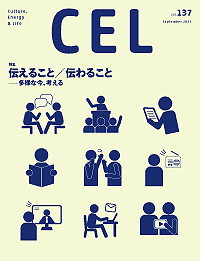
濱 惠介
作成年月日 |
執筆者名 |
研究領域 |
カテゴリー |
媒体(Vol.) |
備考 |
|---|---|---|---|---|---|
|
2005年09月27日 |
濱 惠介
|
住まい・生活 |
住宅 |
講演録 |
SB05、サステナブル建築世界会議、東京大会での発表 |
Summary
For achieving sustainable building concept in housing, the renovation of existing into low-energy housing is the best way forward. The “Saisei Eco-House“ (regenerated eco-house) in Nara is a typical example that shows a possibility of achieving both material- and energy-saving. It is owned and lived by the author. This paper attempts to discuss how the house was renovated and how the family members have tried to reduce energy consumption.
The main aims of the renovation were 1) extending building lifespan, 2) improving thermal insulation, 3) utilising renewable energy and 4) greening the building. In addition to technical improvements, energy-conscious lifestyle is essential to realise the objectives. A number of methods were tried to reduce energy consumption including, eliminating stand-by electricity and choosing energy-efficient goods, not using air-conditioner and not warming up unoccupied rooms.
As the result, electric production from photovoltaic exceeded the consumption. The solar heat gain for hot water has reduced the fossil fuel consumption to one third. The total consumption of conventional energy has become less than a half of the average.
It is vital to have positive environment awareness for achieving sustainable housing and living. Once people are enlightened to the importance of energy saving, every simple action becomes a daily custom.
情報誌CEL
